Expert’s grim warning about potential for another Black Summer of bushfires
In the three years since the horrendous Black Summer bushfires, regrowth of black wattle is now so thick that experts fear history will repeat — and laws prevent landowners from clearing the vegetation.
NSW
Don't miss out on the headlines from NSW. Followed categories will be added to My News.
The former senior council director who watched his south coast shire burn three years ago has given a grim warning about the regrowth blanketing the area.
Warren Sharpe, who retired as infrastructure director of the south coast’s Eurobodalla Shire Council earlier this year, said the regrowth in the region was now so thick that there were “40 to 50 (black wattles) per square metre in some locations”.
“They’ll grow and die and become fuel, that is the big concern,” he said.
Mr Sharpe, whose final three years at the council before retiring in October included dealing with the bushfires and the subsequent rebuild, floods, and the Covid-19 pandemic, said the Black Summer blazes resulted from a “perfect storm” of conditions.
This included three years of record-low ground maintenance and drought-like conditions drying the bush to a crisp.
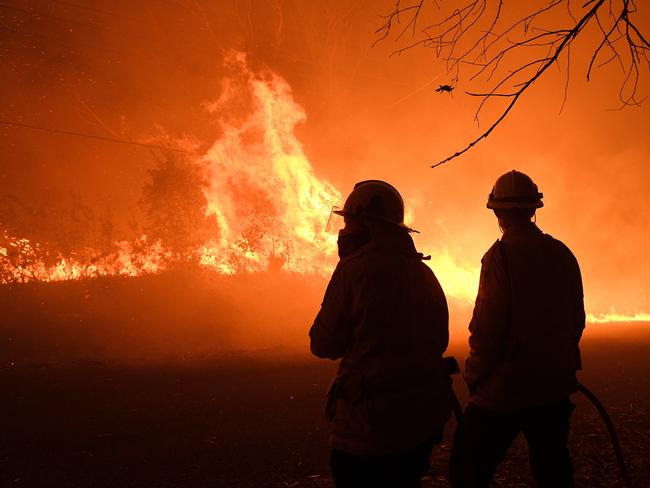
The former council director said authorities now faced a new challenge — creating areas of “low fuel”, after the 2019-20 season burnt swathes of bushland to the ground.
He said creating a “mosaic” — mixed areas of low vegetation and fire breaks alongside bush and forest — was key to helping stop the region facing a disaster of the same scale.
“At the moment in places like Eurobodalla, all of the landscape was burnt at the same time,” he said.
“It means everything is growing at the same time, which makes it very challenging going forward.
“It is a concern there’s so much wattle out there.
“A lot of work still needs to be done to recreate a mosaic in the landscape.”
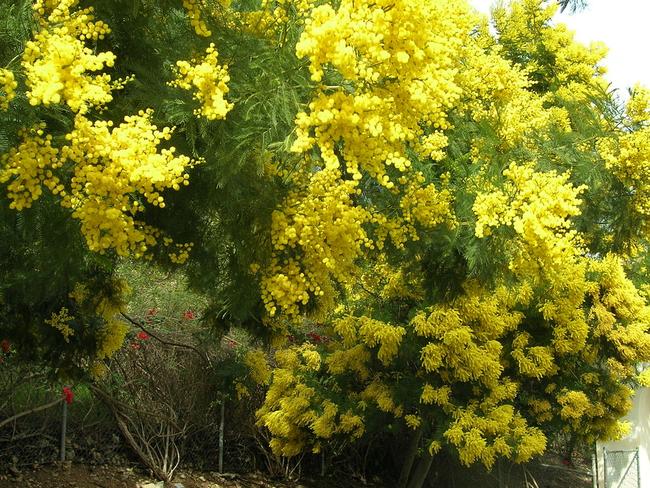
Land vegetation clearing rules were also hampering residents, he said.
“I know some people have been removing wattle from their property,” he said.
“But they can find themselves against the laws when it comes to native vegetation clearing.”
It comes after The Daily Telegraph aired the fears of former NSW government minister Andrew Constance and south coast residents who are worried not enough has been done since the Black Summer fires tore the region apart (story below).
Emergency Services Minister Steph Cooke said the government already had or was in the process of implementing 76 recommendations from an inquiry into the blazes, at a cost of more than $830 million, but Mr Constance said the measures didn’t go far enough.
“I think it’s a national bloody shame that nothing has changed since the fires in terms of land management,” he told The Daily Telegraph.
BUSHFIRE VICTIMS LIVING IN ‘BLAST FURNACE’
Former Bega state Liberal MP Andrew Constance has warned that NSW communities still on their knees from the Black Summer bushfires are living in a “blast furnace” ready to explode and green tape is preventing landowners from protecting themselves.
Mr Constance – who rose to national prominence during the horrific fires in 2019 and 2020 that killed 26 people and destroyed almost 2500 homes – slammed state and federal agencies for a lack of action on creating firebreaks and changing land clearing rules since flames ripped through his south coast patch.
Following two years of heavy rainfall and a warning the hot and dry El Nino weather cycle could return from next year, Mr Constance said residents now feared their lush, black wattle-laden bush was blossoming into a tinder box.
“I think it’s a national bloody shame that nothing has changed since the fires in terms of land management,” he said.
“The crisis is the forest ecology has changed. We’ve seen black wattle grow at extraordinary rates … it is just going to be the fuel for a blast furnace in a few years and we’ll lose more lives and property.”
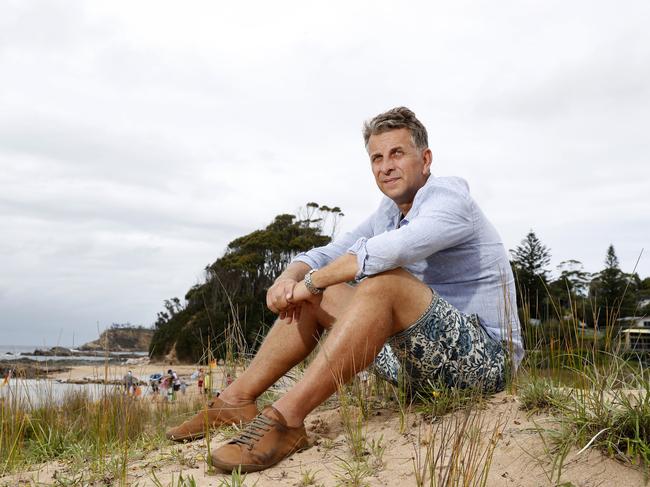
Emergency services Minister Steph Cooke said the government was working on implementing almost 80 recommendations from an inquiry into the blazes, but Mr Constance said the changes did not go far enough.
The former transport minister, who said he was relaying the concerns of his community, added his comments were being driven by a lack of land clearing along highways. He said a recent drive to Melbourne showed the differences between land management in NSW and Victoria.
“They’ve pushed the trees right back off the (Princes) Highway in Victoria – in NSW we have transmission lines where there’s no trees under them, but we can’t protect our major arterial highways which, in an emergency, are our saviour,” he said.
“(During the Black Summer fires) we had roads blocked off to the extent they couldn’t get diesel to fire trucks. These government agencies, nothing has changed, there’s no evidence in my eyes of clearing of fire trails on a mass scale.”
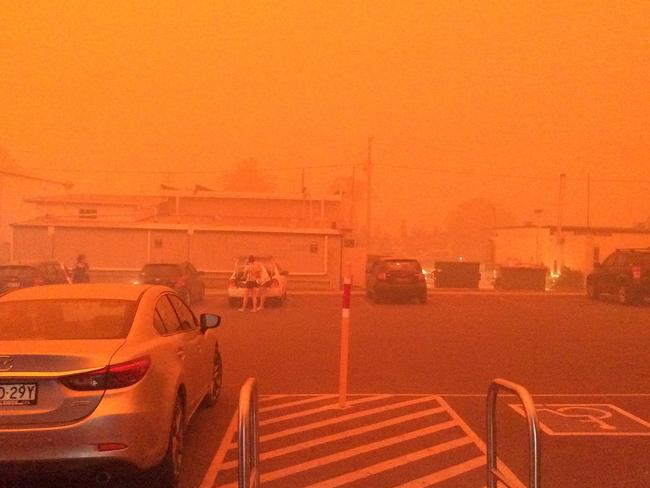
Following the bushfires Mr Constance pushed for an 80m-clearance zone along highways but the move was rejected by bureaucrats.
New regulations were passed allowing rural landowners to clear vegetation within 25m of their property boundary but Mr Constance said the rules were still “holding back” residents from protecting their homes.
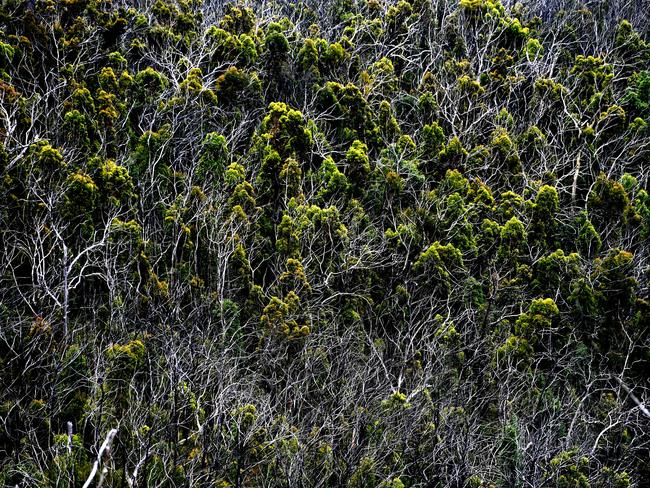
“Most people in the bush know they won’t get a fire truck to their door. Why are we holding back good people from doing what they can to protect their home?” he said.
“This is not about full-scale land clearing, this is about sensible land management.”
Recent wet weather has delayed hazard reduction operations across the state, with the RFS completing just 8764ha of work so far this financial year, against a target of 318,891ha for the entirety of 2022-23.
A spokesman for Ms Cooke said the NSW government had invested more than $830 million to implement the 76 recommendations set out by the independent inquiry.
“This includes more than $54 million to deliver strategic fire trials,” he said.
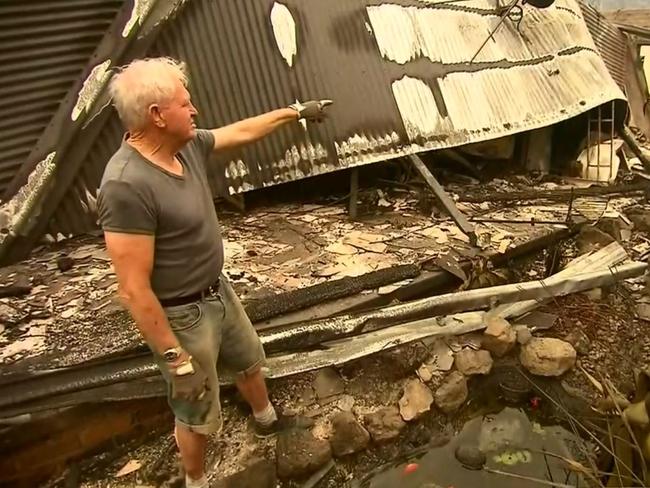
The Bureau of Meteorology’s senior meteorologist Jonathan How said forecasts showed the La Nina weather event, which has brought three years of record rainfall across the east coast, is set to end early next year, with typical hot summers to return.
For residents on the south coast, the explosion in growth triggered by years of heavy rain has ignited fears of what the future will bring.
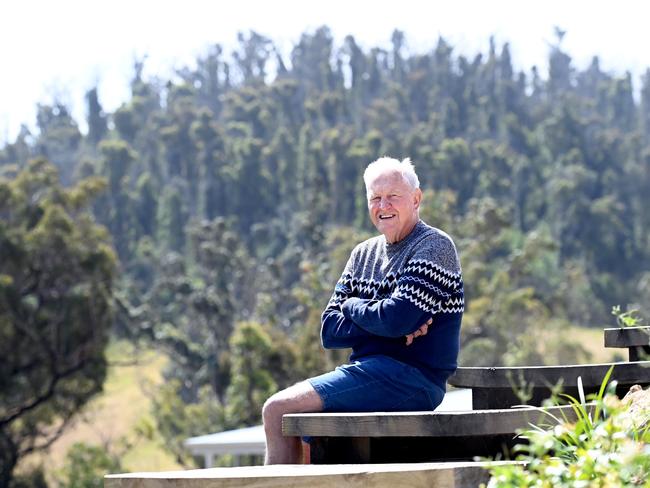
Rugby league legend Ron Coote, 78, who has rebuilt his Lake Conjola home after it was razed to the ground by the fires, worries catastrophe could be around the corner.“(The vegetation is) regrowing now, but a lot of them are wattle trees that only live for about five years before they die,” he said. “They’ll be good fuel for a fire.”
Yatte Yattah resident Frank Condello, who also lost everything in the blazes, shares the same concerns.
“The bush is filled with acres and acres of black wattle,” the 81-year-old said.
“I won’t be around when they’re ready to go but it’s going to dry and burn again.”




